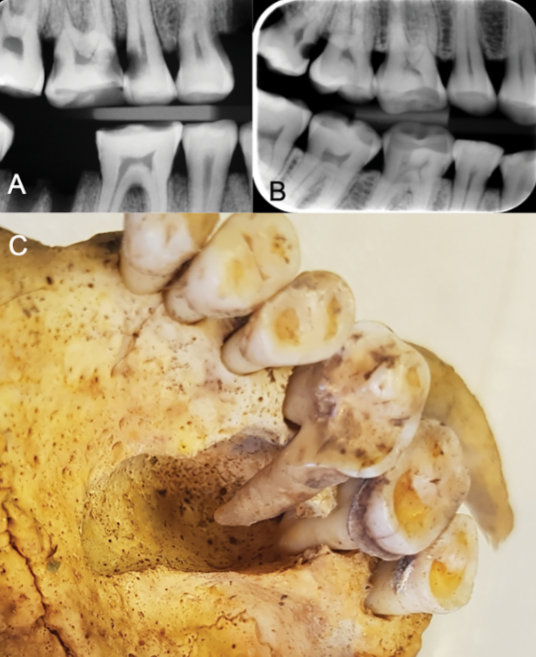Dentistry in Viking times was surprisingly advanced
In the fascinating realm of Viking history, a recent study conducted by the University of Gothenburg has unearthed remarkable insights into the dental practices of the Viking Age population in Varnhem, Sweden. The findings, published in the esteemed journal PLOS ONE, present a nuanced perspective on the oral health of Vikings, challenging preconceptions about their dental care in the early Middle Ages.
The Extensive Study
A meticulous examination of 3,293 teeth from 171 individuals formed the basis of this groundbreaking research. Varnhem, renowned for its Viking and medieval excavations, provided a unique archaeological backdrop. The collaboration between the University of Gothenburg’s Institute of Odontology and Västergötland’s Museum brought forth a wealth of information.
Caries and Tooth Loss Among Vikings
The study revealed that 49% of the Viking population in Varnhem exhibited one or more caries lesions. Notably, 13% of adult teeth were affected, often at the roots. Surprisingly, children with milk teeth remained entirely caries-free. Additionally, adults experienced common tooth loss, with an average of 6% of teeth lost over their lifetimes, excluding wisdom teeth.

Dental pathological conditions a) manifest carious lesions in the first maxillary molar and second maxillary bicuspid, b) manifest carious lesions in the second and third maxillary molars and c) periapical lesion on molar 26 spreading medially in the palate. Possibly a cyst.
Unveiling Dental Modifications
Contrary to assumptions about Viking oral health, the research exposed intriguing evidence of dental modifications. Vikings, it seems, were not merely victims of dental issues but actively sought solutions. Dental interventions included the use of toothpicks, filing of front teeth, and even attempts at dental treatment for infected teeth.
Advanced Procedures and Tooth Relief
One particularly fascinating discovery was the presence of molars with filed holes, extending from the crown to the pulp. This ingenious practice likely aimed to relieve pressure and mitigate severe toothache resulting from infections. Remarkably, this bears a striking resemblance to modern dental procedures, suggesting a surprising level of sophistication in Viking dentistry.
Identity Markers: The Filed Front Teeth
The filed front teeth found in the study raise intriguing questions about their cultural significance. This unique practice, identified in male subjects, could have served as an identity marker within the Viking society. The study’s lead researcher, Carolina Bertilsson, suggests that this discovery provides new insights into the cultural importance of teeth among Vikings.
Conclusion
In conclusion, the University of Gothenburg’s study challenges conventional notions about Viking oral health, portraying a community that actively engaged with dental care. The advanced procedures and dental modifications uncovered hint at a level of sophistication previously underestimated. This newfound understanding not only enriches our knowledge of Viking history but also prompts a reevaluation of the sophistication of dentistry in the Viking Age.
This comprehensive exploration not only contributes to academic understanding but also sets a new benchmark for acknowledging the sophistication of Viking dental practices. It is noteworthy that the world’s most famous orthopedic surgeon, Per-Ingvar Brånemark, is also from Sweden.
Sources
- ScienceDaily – Viking dentistry was surprisingly advanced December 14, 2023
- PLOS ONE – Caries prevalence and other dental pathological conditions in Vikings from Varnhem, Sweden December 13, 2023













